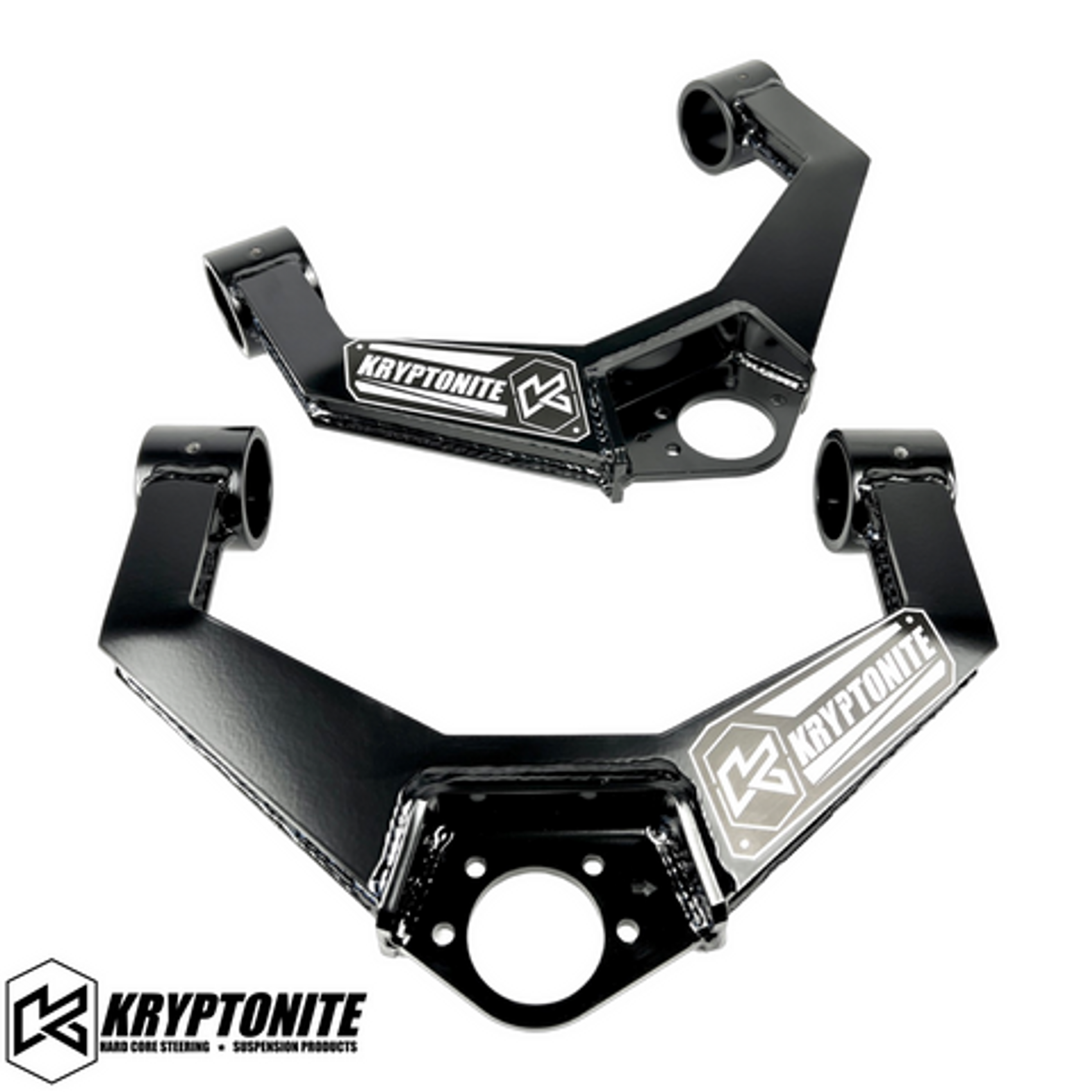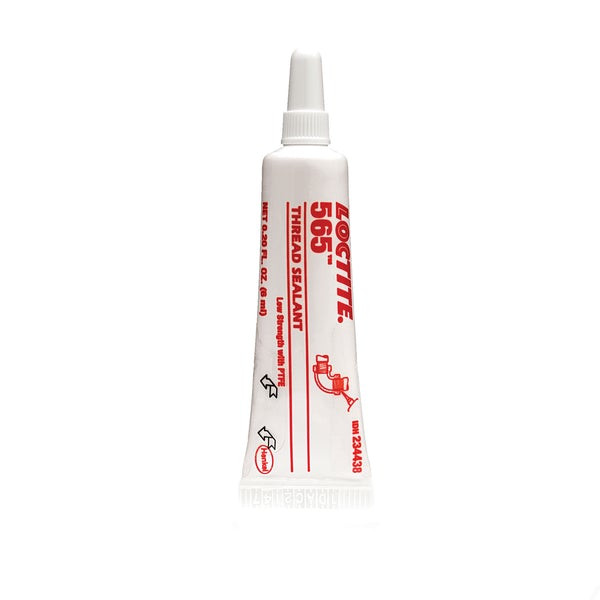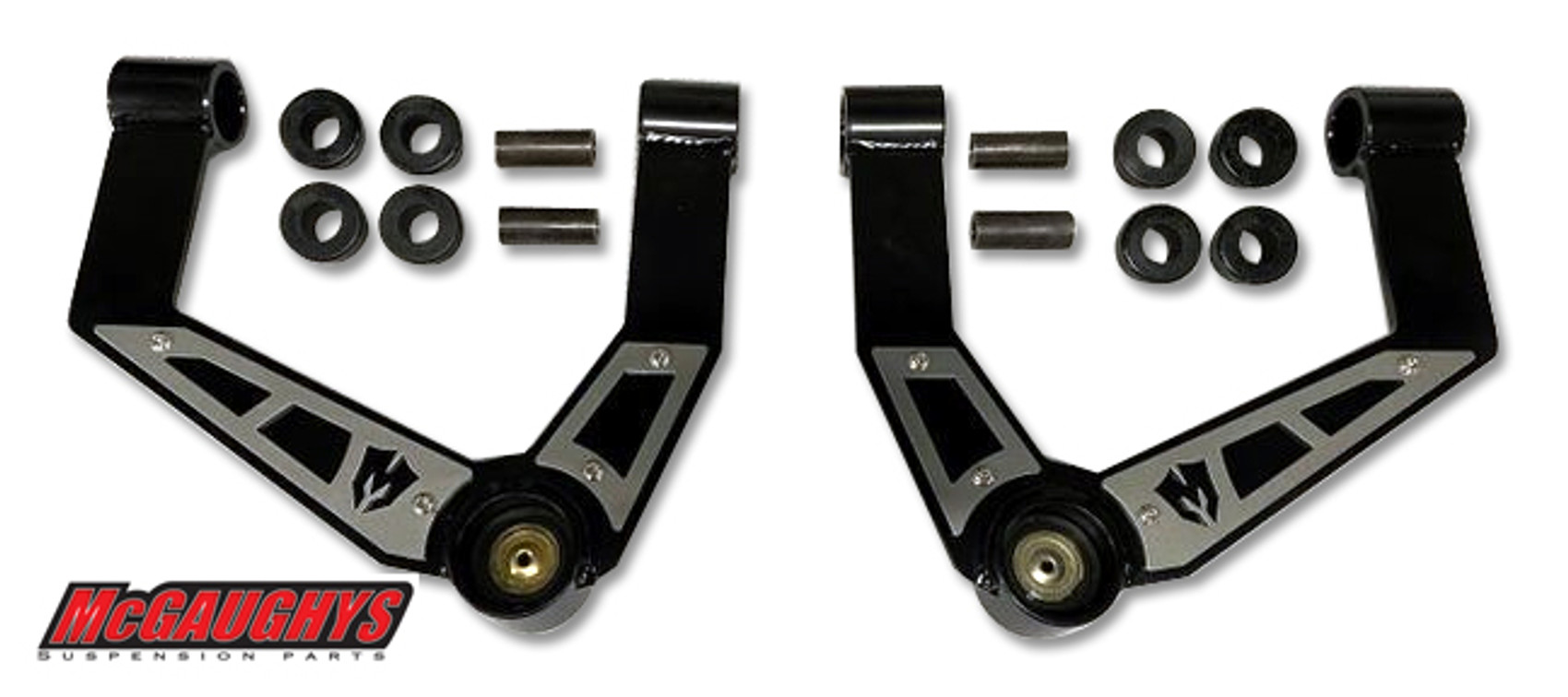The air tanks on your car or truck store the air for your airbag system to function properly. And if you’ve got an airbagged vehicle, then we just told you the most obvious thing ever. “Gee thanks, guys. Now tell me about how airbags lift my truck up and down. Idiots.”
Well yes, we did just state the obvious. But the other issue at hand is what happens inside those air tanks. And of key importance is a little bit of maintenance that many of us forget to do: Drain our tanks. It’s not complicated, and it could save you a ton of hassle down the road.
Water and metal don’t go together.
Let’s talk about science for a moment. When warm air touches a colder surface, it condenses, turning it into water. Of course, that’s obvious enough if you’ve ever taken a hot shower and watched your mirrors steam up, sure. But it’s an important concept to know for your air system.
Say you’ve got an external compressor, and it connects to your tank via a leader hose. Compressor flips on, and warm air is pumped into your air tank. Is that tank the same temperature as the air that’s entering it? Probably not. And if it’s colder, then condensation occurs, causing water to form in the bottom of your tank.
Now this isn’t always a big deal. If you’ve got an aluminum or stainless steel tank, then you don’t have to worry about rust. But not everybody has a tank like that. Some of you have steel tanks, and chances are even if yours was magically coated on the inside, it will eventually fail. Leaving you with a point where rust can develop on your tank.
Now why should you care? It’s not like that’s going to eat a hole in your tank tomorrow, right? Of course not. Unless “tomorrow” is actually “in your future,” in which case you should probably consider your options.
Simple maintenance can fix the problem.
The solution? Drain your tank.
Seriously, that’s it. Every so often, drain your tank. There are some very simple ways to do that, the easiest of them all being a drain valve. Install one on the bottom of your tank, and every so often, unscrew it and let the water flow. How often? Well it depends on how frequently you drive your vehicle, so determine a schedule that works for you. And if you find that one period releases a ton more water than others, then maybe up the frequency.
The second option is to install a valve that runs off the drain on the bottom of your tank. Now this isn’t always the easiest option to do, since you have to wire up additional parts. But it is the laziest, for sure. That way, all you have to do to drain your tank is flip a switch and let it go.
No matter what kind of setup you have, there’s some kind of option or built-in drain plug that you can use to empty your tank. And you should, regularly, whether it’s made of aluminum or steel or polycarbonate, those things need to be emptied. Heck, just set a reminder on your phone and you’ll be fine.
A little prep goes a long way.
In the old days of airbags, emptying an air tank could be a dramatic ordeal, and maintenance in general wasn’t a lot of fun. Things are a lot better now. Today we can push a button and our car or truck rises automatically to our preset height and we can go on our way happily. It makes it seem like everything is problem free, and for the most part, it is.
But here’s the thing: Just like your engine needs its oil replaced regularly, so too does your air tank need to be emptied. It’s not fun, and it’s not an exciting thing to do, but it has to be done. If not, that problem-free setup just might turn into a huge hassle.







